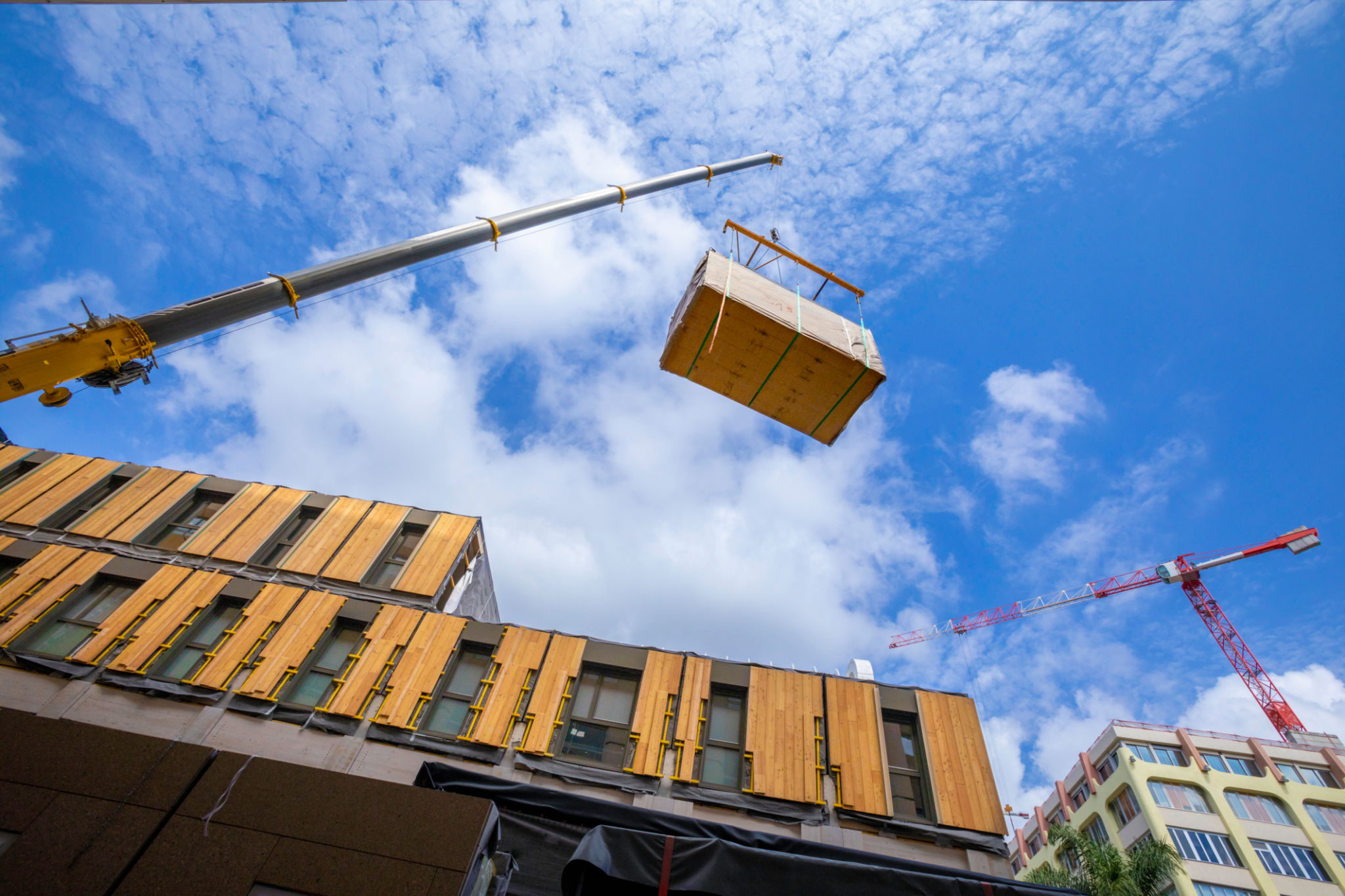Top Trends in the USA Construction Industry: What to Watch For
Embracing Technological Advancements
One of the most significant trends reshaping the construction industry in the USA is the integration of advanced technology. From drones and robotics to Building Information Modeling (BIM), technology is enhancing efficiency and precision on construction sites. Companies are increasingly adopting these tools to streamline operations, reduce costs, and improve safety standards. BIM, for example, allows for detailed 3D models that help in planning and executing projects with higher accuracy.
Drones are being used for site surveys and inspections, providing real-time data and reducing the need for manual labor in potentially hazardous areas. Additionally, robotics are taking on repetitive tasks, improving precision and freeing up human workers for more complex duties.

Sustainability and Green Building
As environmental concerns grow, sustainability has become a central focus in the construction industry. More developers are opting for green building materials and practices to minimize environmental impact. This shift includes the use of recycled materials, energy-efficient designs, and renewable energy sources.
The Leadership in Energy and Environmental Design (LEED) certification is gaining popularity as a benchmark for sustainable building practices. Projects that achieve LEED certification demonstrate a commitment to eco-friendly construction, which is increasingly important to both investors and clients.

Prefabrication and Modular Construction
Prefabrication and modular construction are becoming more prominent due to their potential to save time and reduce costs. These methods involve assembling parts of a structure in a factory setting before transporting them to the construction site. This not only accelerates the building process but also enhances quality control.
By reducing on-site construction time, prefabrication helps minimize delays caused by weather conditions and other external factors. It also contributes to a safer work environment by reducing the duration of on-site labor.

Labor Shortages and Workforce Development
The construction industry is facing significant labor shortages, which is driving efforts in workforce development. The demand for skilled labor has led companies to invest in training programs and partnerships with educational institutions to cultivate the next generation of construction professionals.
In addition to traditional training methods, there is a growing emphasis on digital tools and virtual reality for skill development. These technologies provide hands-on experience in a controlled environment, enhancing learning outcomes and preparing workers for real-world challenges.
Urbanization and Smart Cities
With more people moving to urban areas, there is a growing demand for infrastructure that supports sustainable living. This trend is giving rise to smart cities, where technology is integrated into urban planning to improve quality of life.
Smart city initiatives often involve the use of IoT devices, data analytics, and sustainable building practices to create efficient urban environments. The construction industry plays a crucial role in this transformation by developing infrastructure that supports connectivity and sustainability.

Adapting to Changing Regulations
The construction industry must continually adapt to changing regulations, which can impact everything from project timelines to material selection. Staying informed about these changes is crucial for compliance and successful project execution.
Recent regulatory trends include stricter safety standards and increased emphasis on sustainability. Companies that proactively address these regulations can mitigate risks and capitalize on new opportunities in the evolving market landscape.
In conclusion, the USA construction industry is undergoing significant transformations driven by technology, sustainability, and changing demographics. By staying ahead of these trends, companies can position themselves for success in a competitive environment.
